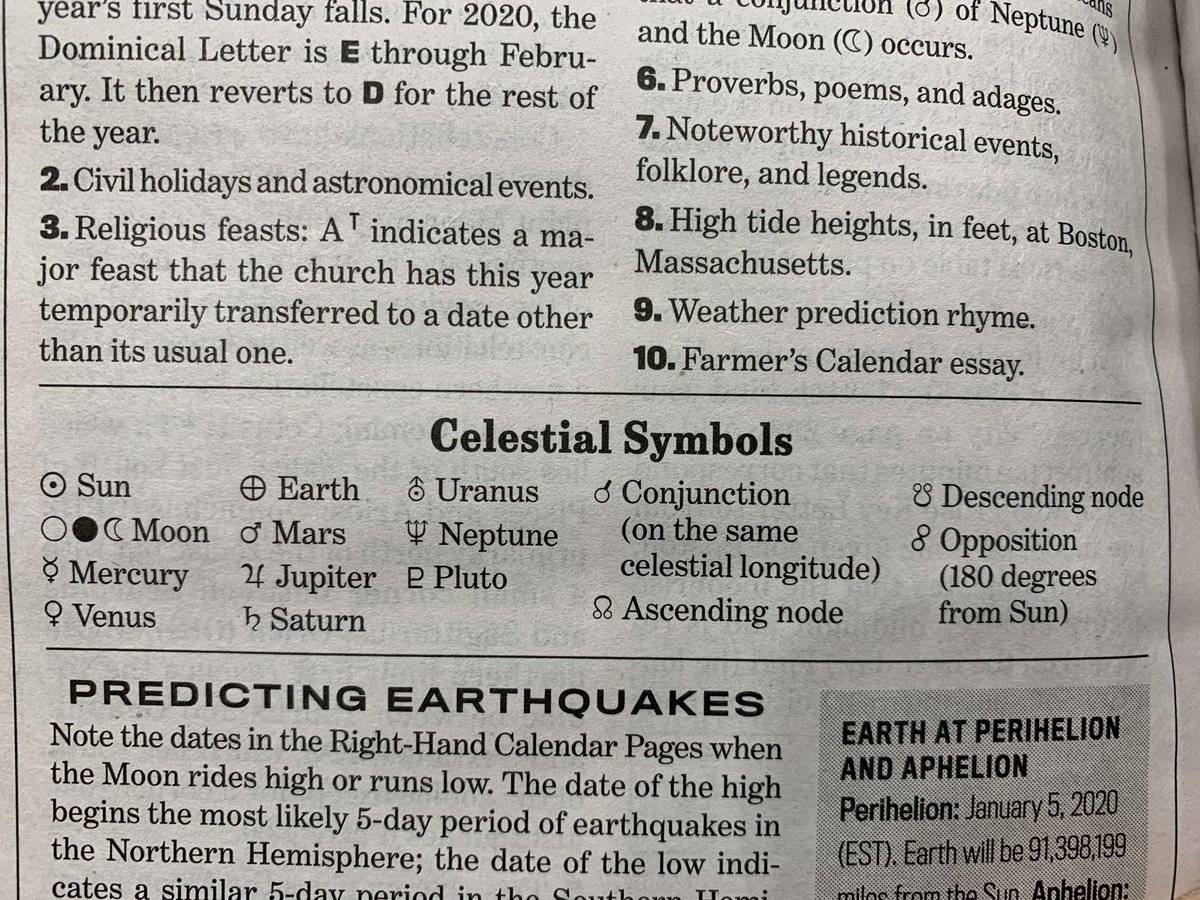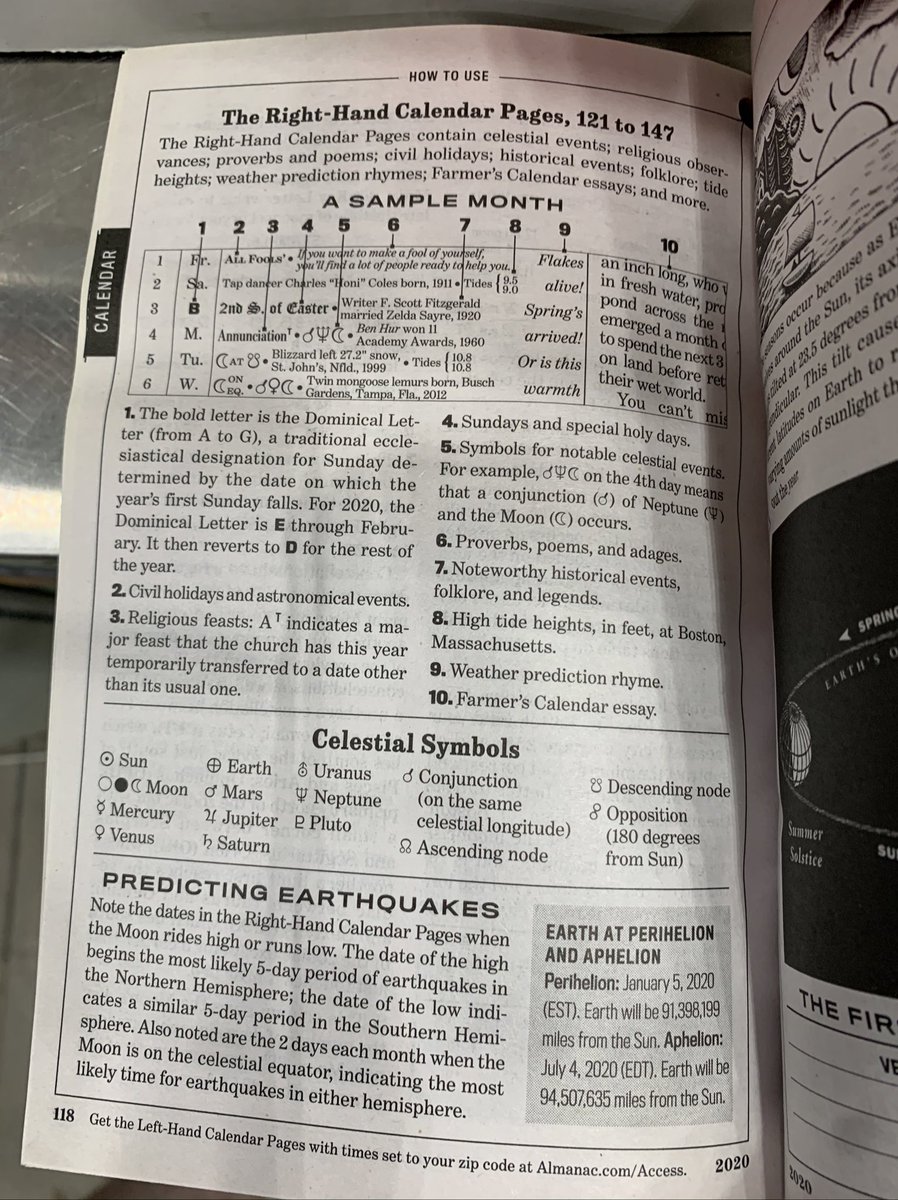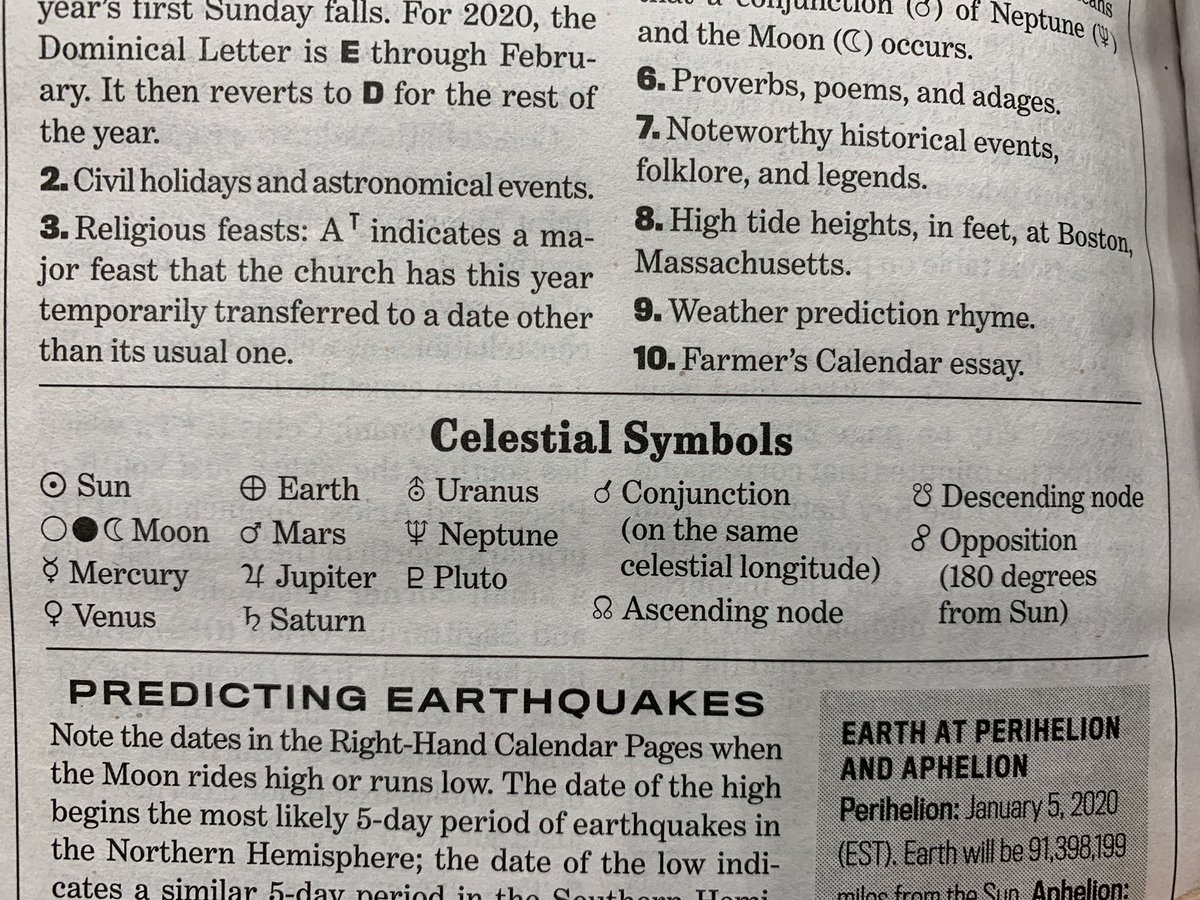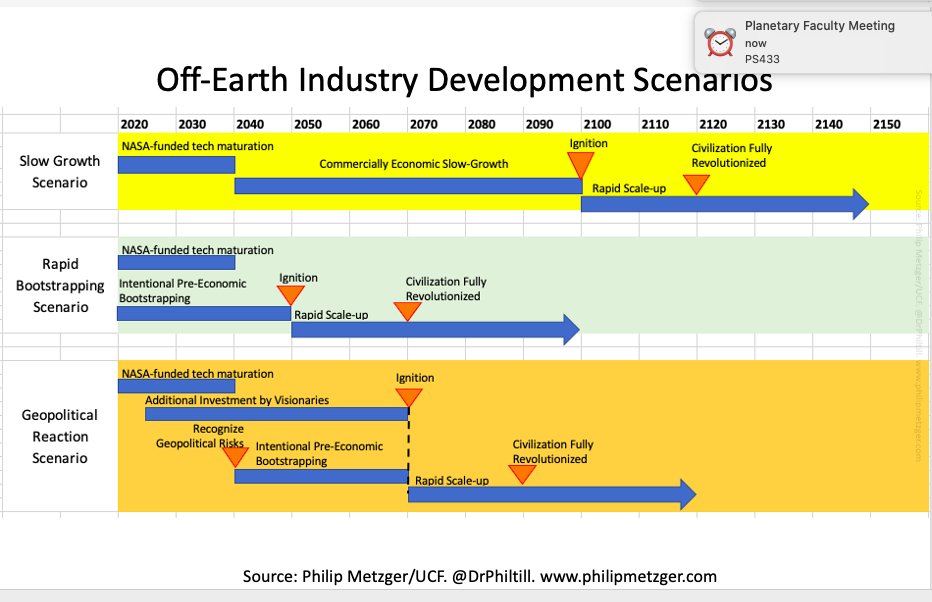
Rockets and Lasers! Results from NASA Flight Opportunities Program: successful flights of Ejecta STORM on the @mastenspace Xodiac rocket. This is a laser instrument that measures the properties of lunar dust. Read more: ucf.edu/news/ucf-devel… @UCF @NASAArmstrong @NASAfo
Working with @mastenspace, @Honeybee_Ltd, @NASAArmstrong on these tests was a great experience. @astroaddie and I have been developing this instrument with the UCF team over the past year. We delivered the instrument to the Mojave Air & Space Center last month. 

Got the instrument installed onto the top of @mastenspace's Xodiac rocket. Honeybee Robotics flew their PlanetVac system on the same flight, enabling us to compare interactions in the simulated lunar soil. Installed several cameras. Set up and checked out the cameras. 

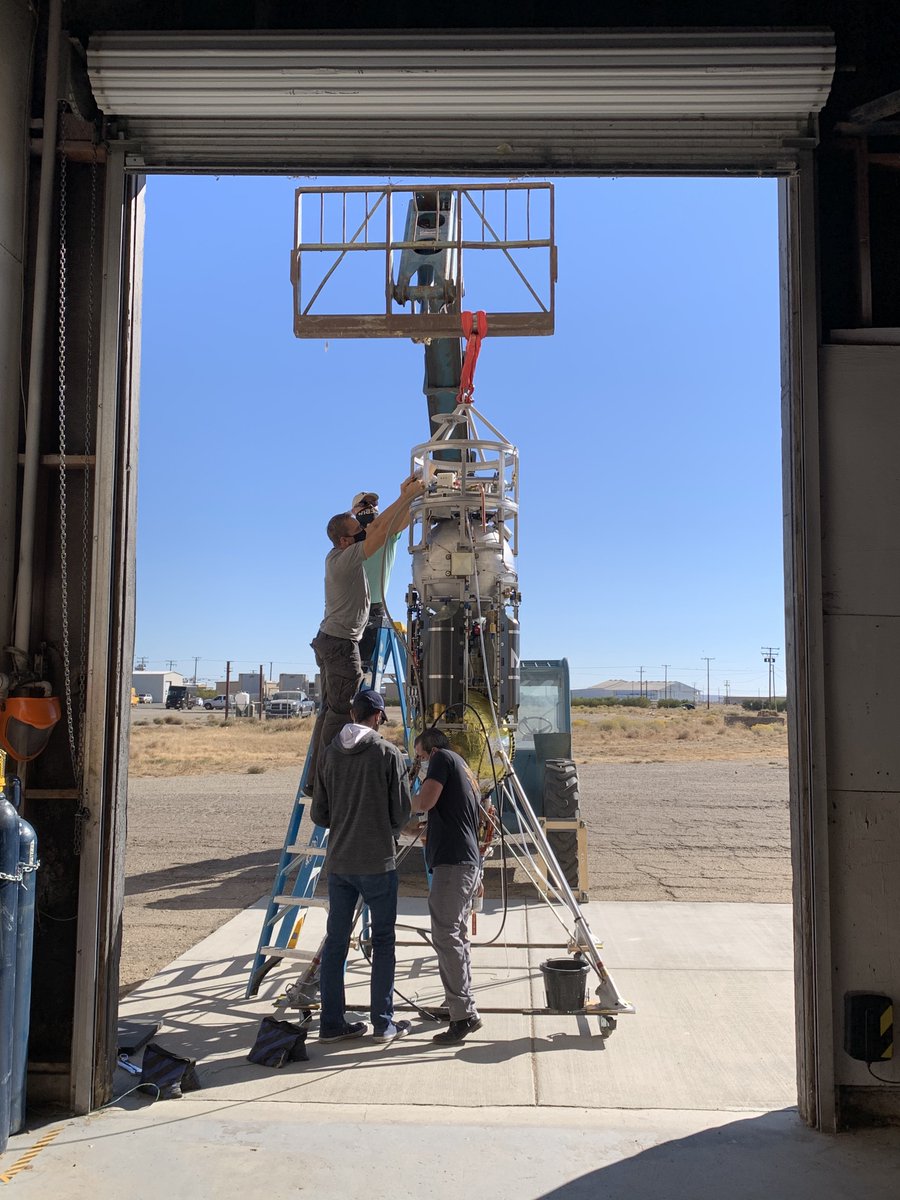
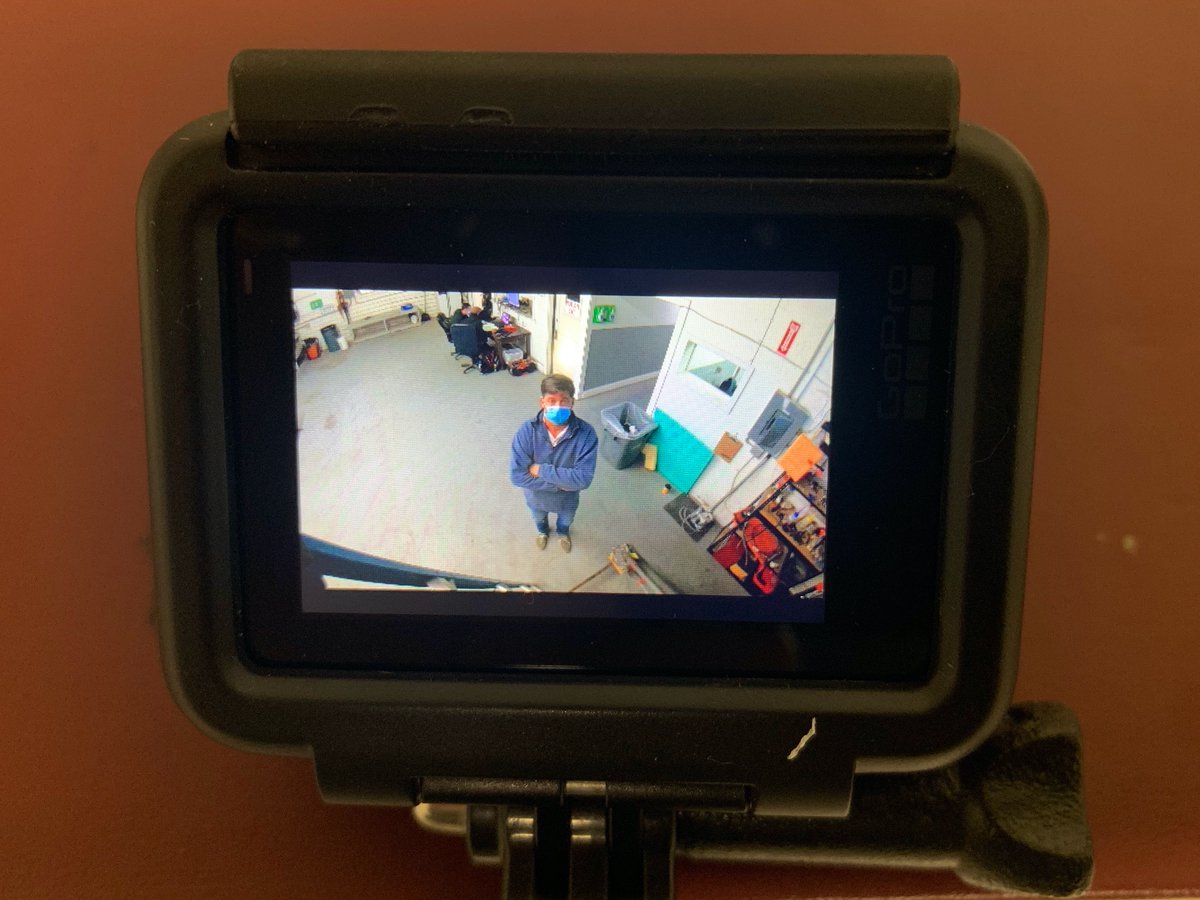
Set up a bed of simulated lunar regolith for the rocket to blow during simulated lunar landing. Ejecta STORM makes measurements of the blowing dust. "Ejecta STORM" = Ejecta Sheet Tracking, Opacity, & Reglith Maturity. (It measures other dust properties, too.) 


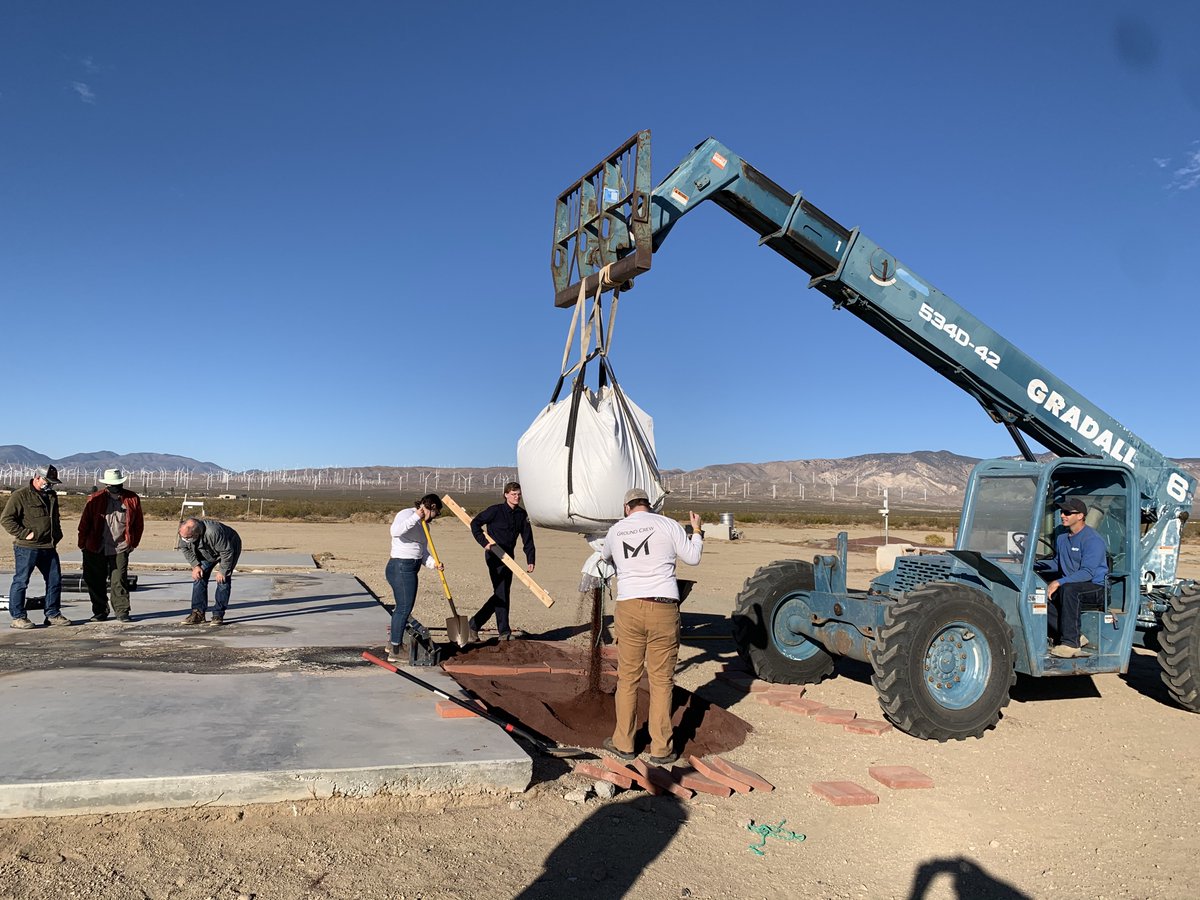
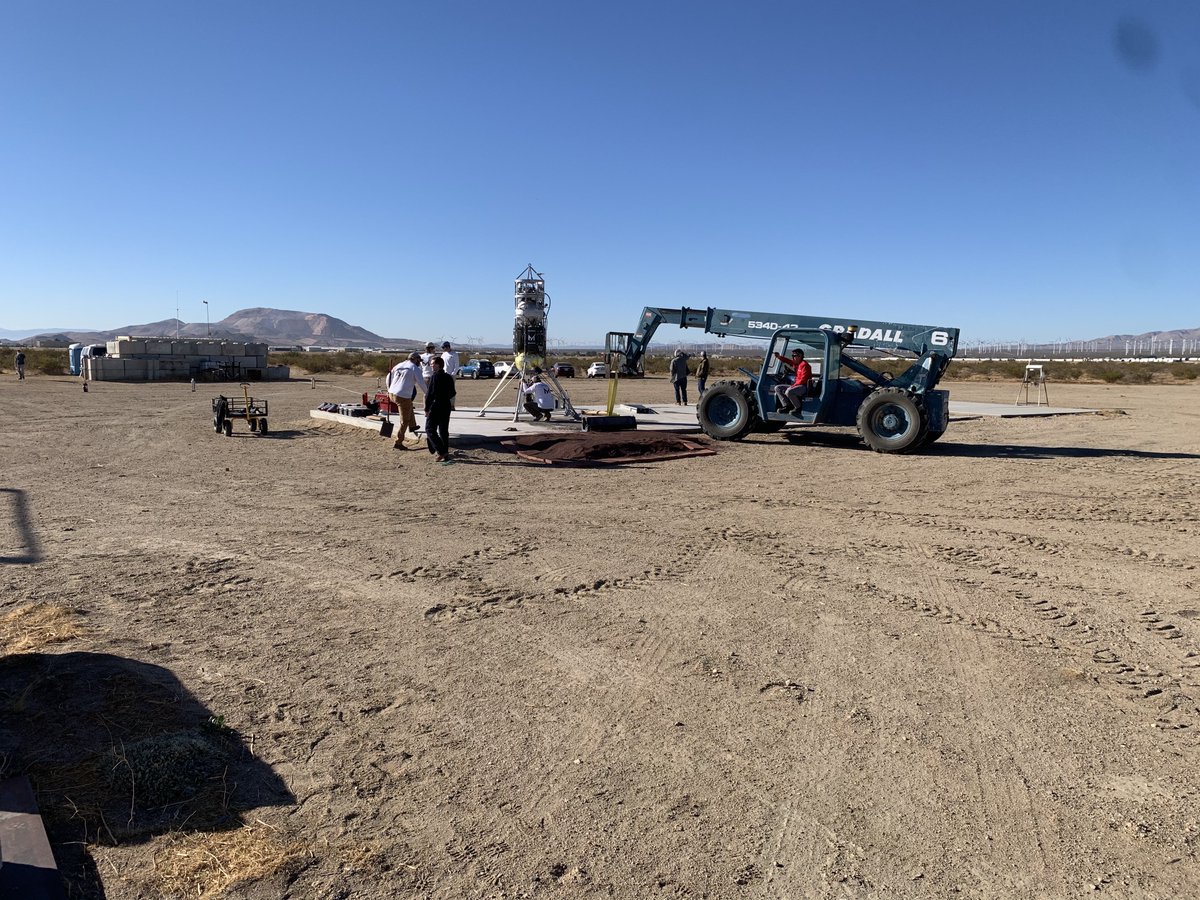
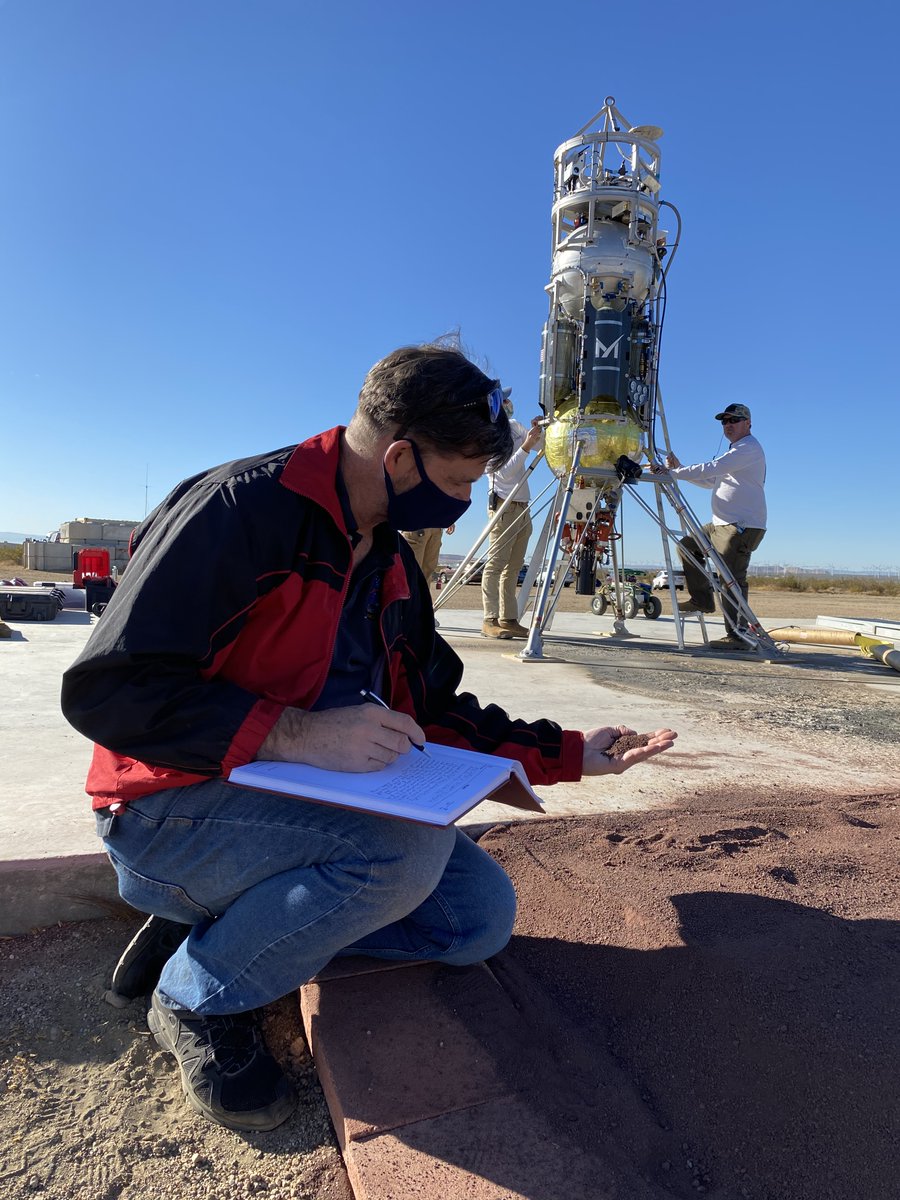
A quick preflight checkout with a jet of simulated lunar soil before going into flight operations. (You can see only three of the lasers with the naked eye and this camera.)
One of the coolest experiences ever, being this close to a live rocket flight. Mind blowing, in fact. 🤯😍 @mastenspace
Note the blowing dust in the video. Rocket exhaust is collimated by Earth’s atmosphere into a narrow jet that would dig deep holes in soil, unlike highly underexpanded plumes in lunar vacuum, but the Masten team modified the test enviro to create realistic lunar landing ejecta.💯 
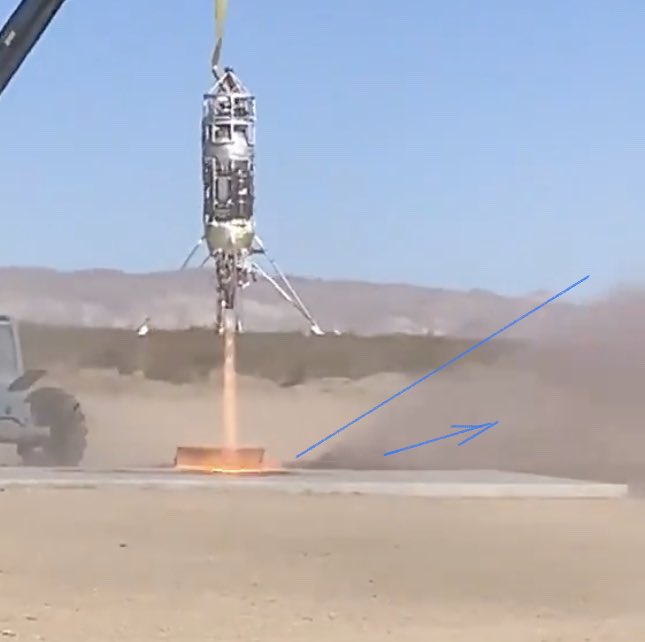
After the flights we collected data on the simulated lunar regolith that remained in the bed beside the rocket. A geologist on the Masten team could see additional erosional features that (frankly) I would have missed. 
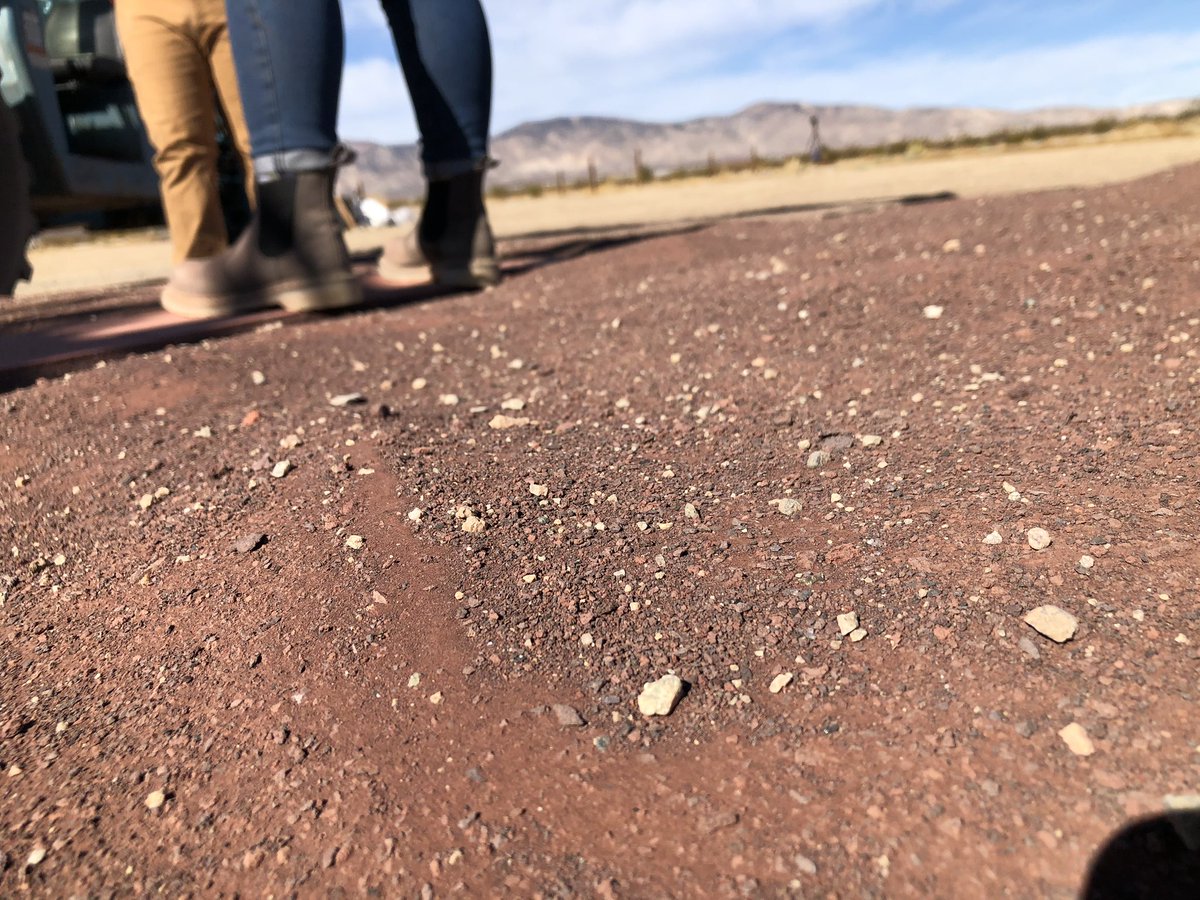
Evidences of the erosion processes that took place on the centimeter- and millimeter-scale while the rocket was landing. These small-scale processes add up to *all* of the blowing dust in the macro plume, so understanding *this* physics is vital to developing predictive software. 


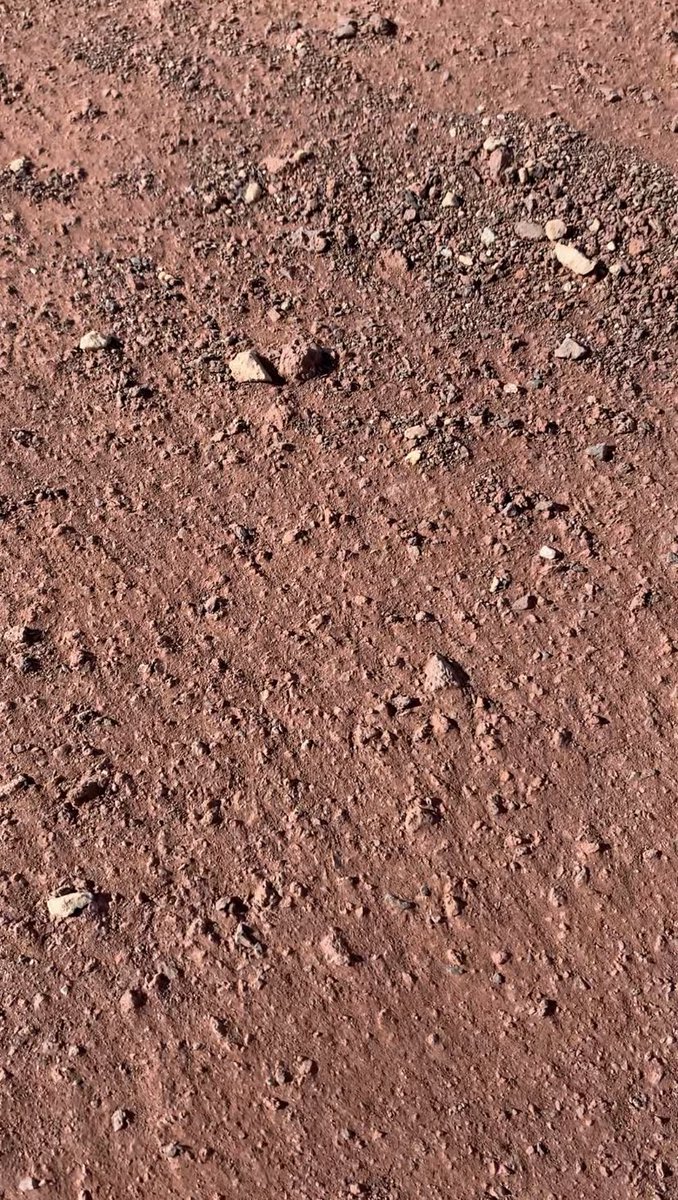
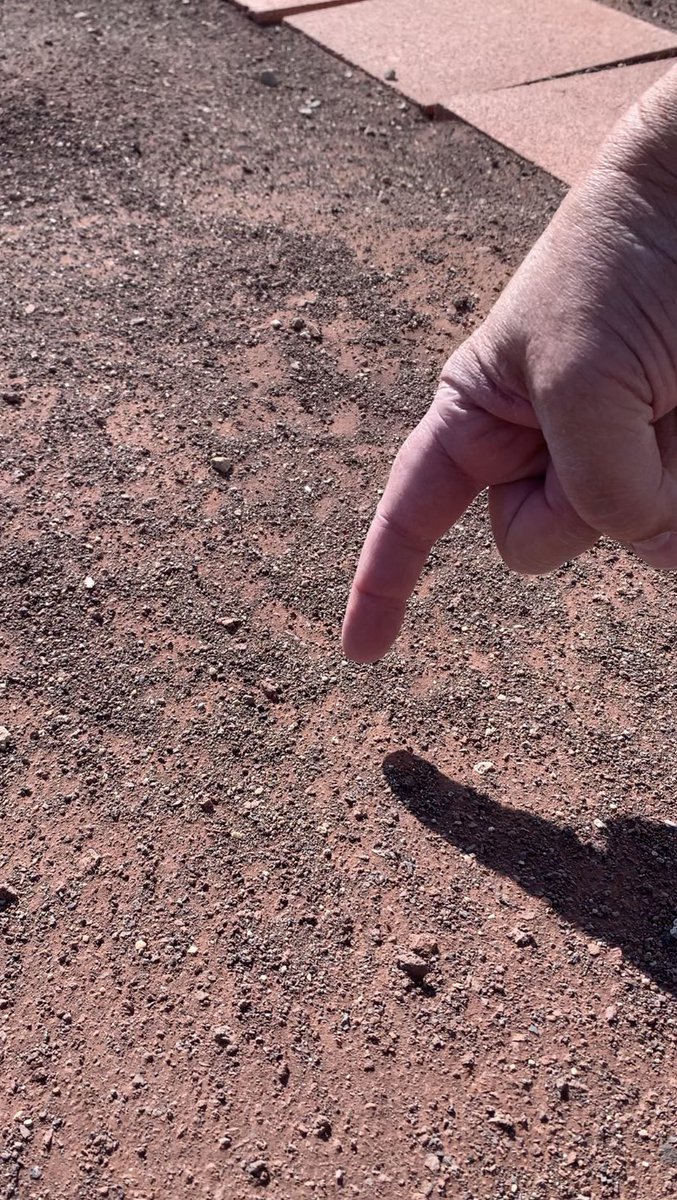
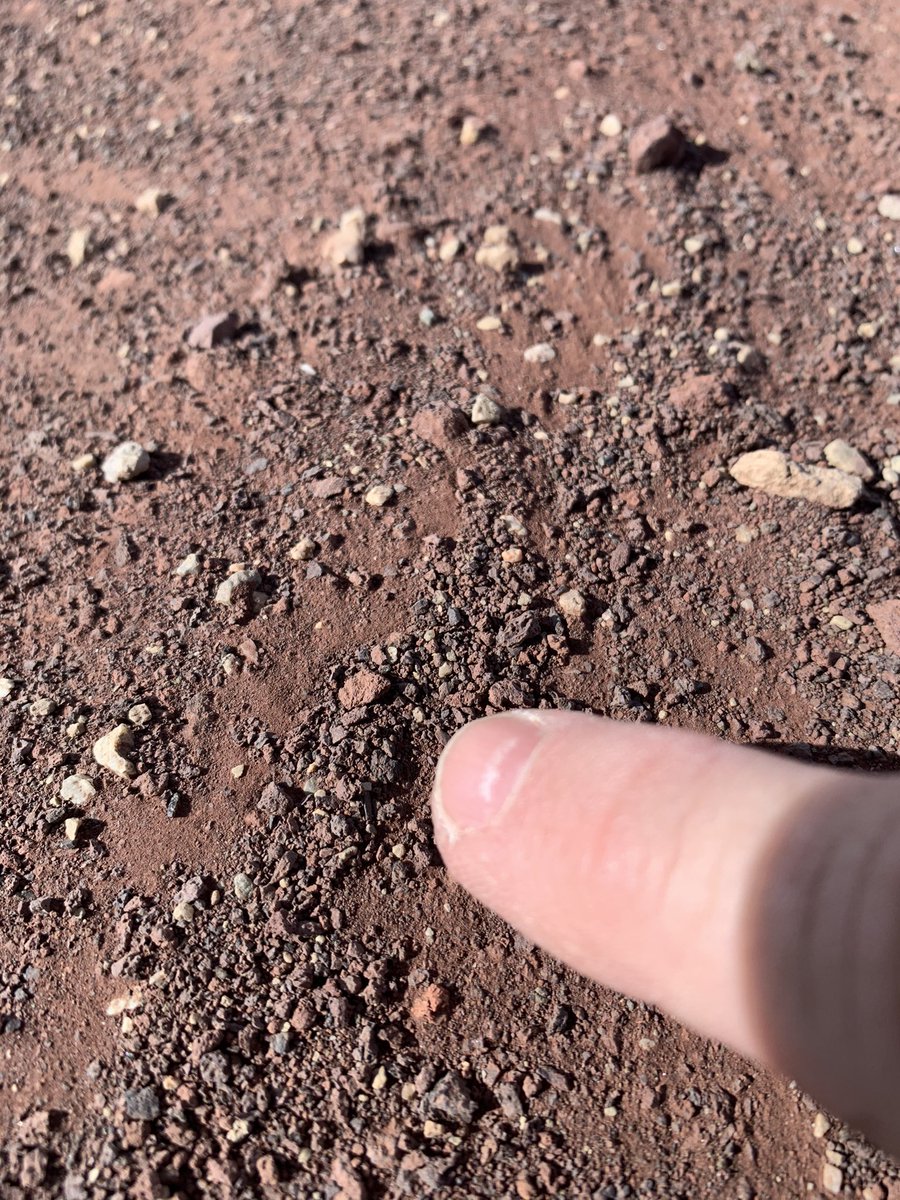
By the way, I previously wrote a paper comparing the lunar soil under the Apollo Lunar Modules with volcanic tephra (eruption ejecta deposits) after firing a rocket on it. We learned a bunch back then; still learning more now. agupubs.onlinelibrary.wiley.com/doi/full/10.10…
Here is a photo near a footpad in Apollo 11. See the long soil mounds that point back toward the rocket engine (the engine is toward the upper left corner)? Now compare to the recent @mastenspace tests. See the similar textural features? These are “erosional remnants”. 

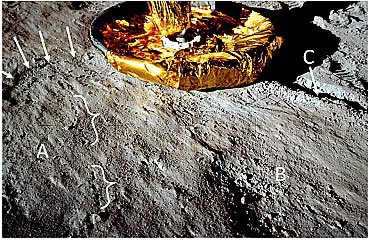
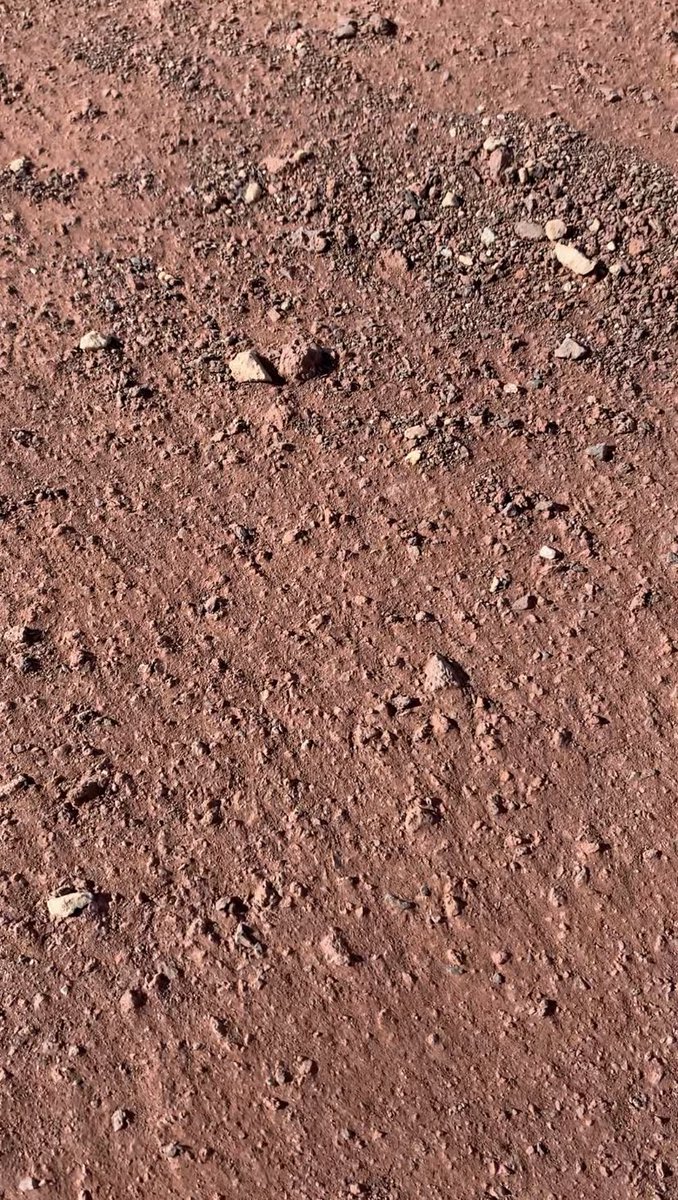
You can also see the ejecta field farther away from the regolith bed where the dark, larger particles rained down onto the lighter color of the natural Mojave soil. In rocket ejecta, larger particles generally go slower and less distance than dust. 
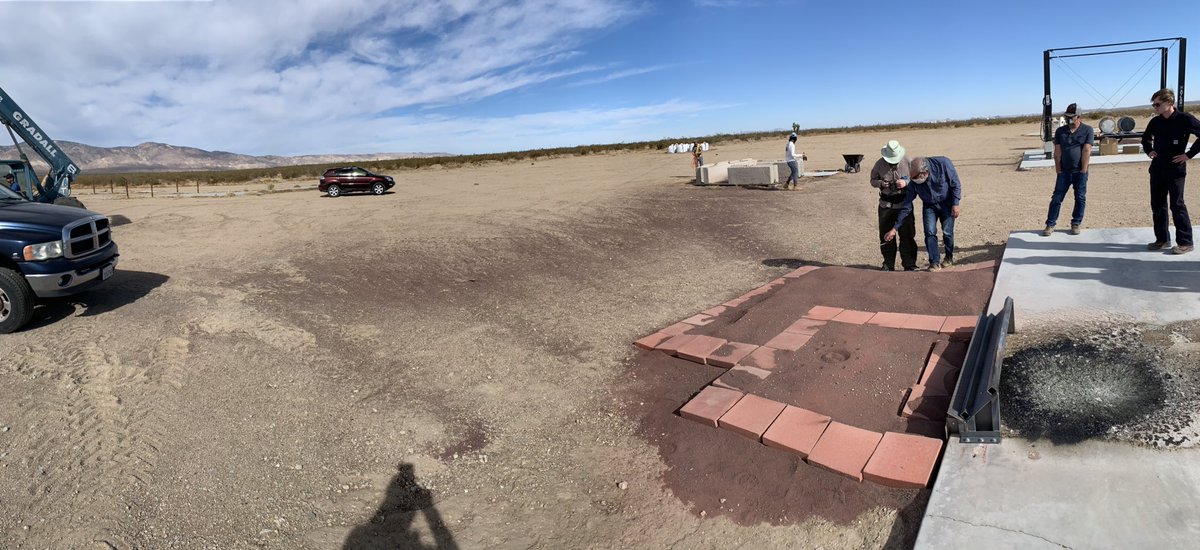
Our current understanding is that the ejecta travel primarily in a sheet of mixed sizes traveling past each other at different speeds, sometimes colliding and scattering out of the sheet both above and below. It is computationally very expensive to simulate with high fidelity. 
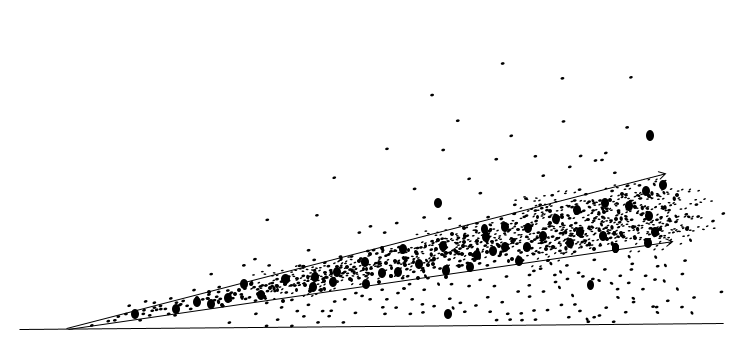
However, NASA has spent about 20 years developing software that can handle all the exotic physics. It is the product of many researchers and is still on-going. This software & the physical understanding is an underappreciated value that NASA has been producing for the world.
It is vital to understand the speeds that all the different sized regolith particles will travel in lunar landings so we can calibrate predictive software that can accurately tell the ejecta field for any size lunar lander, any choice of propellant, any landing trajectory, etc.
So here are a couple screenshots of lasers pointing down through the dust during the landing of @mastenspace’s Xodiac rocket. In 3D the lasers come from out of the page over and behind your head down to the regolith in the picture. It is confusing because... 

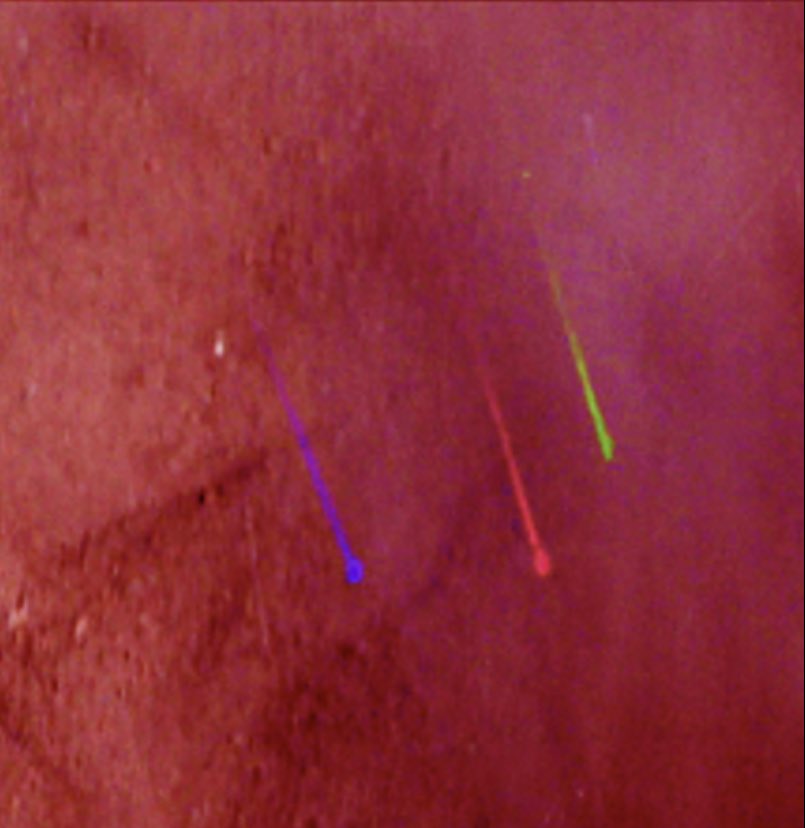

...your eyes will naturally want to interpret the fading beams at the top as if they are going away from you. Normally things fade going away. But the faded tops of the beams are coming toward you out of the page and over your head, in 3D. They fade where they are above the dust. 

Analysis of the four flights, multiple cameras each flight, are still ongoing. @astroaddie and I will be modifying some aspects of the design based on what we learned. Thank you to @NASAfo, @NASAArmstrong, & @mastenspace for the tests that are maturing this space technology!
Thread repair.
https://twitter.com/drphiltill/status/1340014720141672451
Thread repair.
https://twitter.com/drphiltill/status/1340016151083053056
Thread repair 3/3
https://twitter.com/DrPhiltill/status/1340017345847316480
• • •
Missing some Tweet in this thread? You can try to
force a refresh






